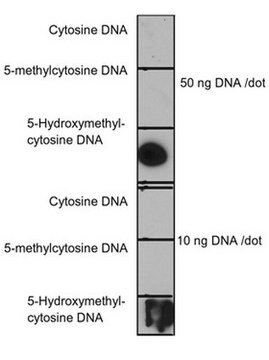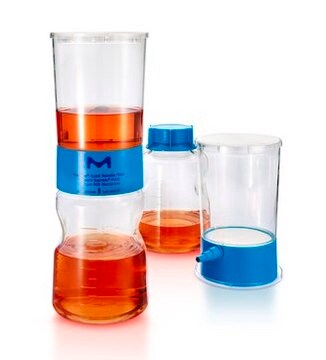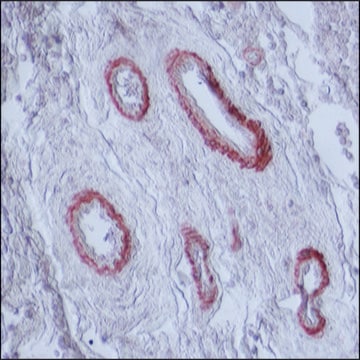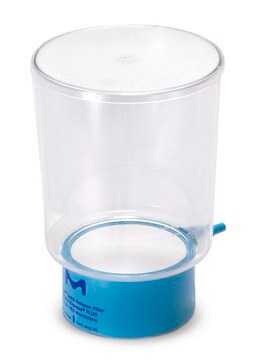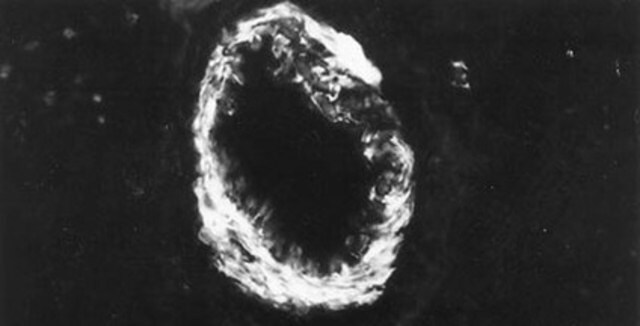MABE251
Przeciwciało przeciw 5-hydroksymetylocytozynie (5hmC), klon HMC 31
clone HMC 31, from mouse
About This Item
Polecane produkty
pochodzenie biologiczne
mouse
Poziom jakości
forma przeciwciała
purified immunoglobulin
rodzaj przeciwciała
primary antibodies
klon
HMC 31, monoclonal
reaktywność gatunkowa (przewidywana na podstawie homologii)
all
metody
ELISA: suitable
dot blot: suitable
methylated DNA immunoprecipitation (MeDIP): suitable
izotyp
IgG1κ
Warunki transportu
wet ice
docelowa modyfikacja potranslacyjna
unmodified
Opis ogólny
Specyficzność
Immunogen
Zastosowanie
Analiza immunoprecypitacji metylowanego DNA (MeDIP): Reprezentatywna partia immunoprecypitowała 5-hydroksymetylocytozynę w ChIP.
Epigenetics & Nuclear Function
Chromatin Biology
Jakość
Dot Blot Analysis: 0.1 µg/mL of this antibody detected 5-hydroxymethylcytosine in 10 ng and 50 ng of unmodified and modified cytosine DNA.
Opis wartości docelowych
Postać fizyczna
Przechowywanie i stabilność
Komentarz do analizy
Niezmodyfikowane i zmodyfikowane DNA cytozyny.
Inne uwagi
Oświadczenie o zrzeczeniu się odpowiedzialności
Nie możesz znaleźć właściwego produktu?
Wypróbuj nasz Narzędzie selektora produktów.
Kod klasy składowania
12 - Non Combustible Liquids
Klasa zagrożenia wodnego (WGK)
WGK 1
Temperatura zapłonu (°F)
Not applicable
Temperatura zapłonu (°C)
Not applicable
Certyfikaty analizy (CoA)
Poszukaj Certyfikaty analizy (CoA), wpisując numer partii/serii produktów. Numery serii i partii można znaleźć na etykiecie produktu po słowach „seria” lub „partia”.
Masz już ten produkt?
Dokumenty związane z niedawno zakupionymi produktami zostały zamieszczone w Bibliotece dokumentów.
Nasz zespół naukowców ma doświadczenie we wszystkich obszarach badań, w tym w naukach przyrodniczych, materiałoznawstwie, syntezie chemicznej, chromatografii, analityce i wielu innych dziedzinach.
Skontaktuj się z zespołem ds. pomocy technicznej